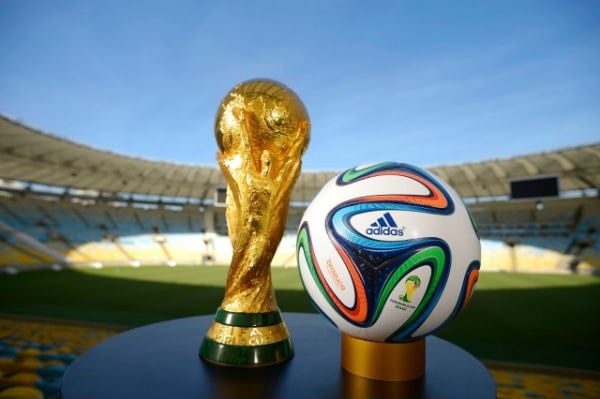
Private ‘Kubernetes’ Optimizes the Data Center
June 11, 2014
Comcast’s Plan to Use Your Home Router as a Public Hotspot
June 16, 2014GOOOOOOOOOOOOOOOOOOOOOAAAAAAAAAAAAAAAAAAAA…
AAAAAAAAAAAAAALLLLLLL!!!!!
Today marks the start of the 2014 World Cup and millions of soccer fútbol fans are gathered in Brazil, with billions more watching around the world. Nothing like a nice sports tournament to rile up national pride, am I right? USA! USA! USA!
Anyways, technology will play a big part in the World Cup this year, from streaming to actual on-field stuff, so let’s take a look at the technology that goes into the World Cup, shall we? (I guess you don’t have much of an option).
2014 World Cup Technology
Streaming video is going to be the biggest way that people will be viewing the games (matches?), and woo boy will they be streaming. It’s estimated that video streaming—legal and illegal—will generate 4.3 exabytes of traffic on the Internet. Holy smokes—an exabyte is one quintillion bytes. That’s 100018, so imagine 4.3 of them. If Comcast really wanted to screw people over they’d slow that down, but they wouldn’t do that, right? Right? Right?
As for the people attending the games, I’m afraid I’ve got some bad news: as of now, only half of the stadiums are equipped with Wi-Fi, so if you were planning on live-Tweeting games (matches?) as they happen, then I’m sorry, your followers will have to go without your witty commentary on the similarities between the French defense and their army’s surrender in WWII. The Wi-Fi networks are set up to relieve some stress on the cellular and data networks in the cities, but still only allow for a limited number of connections. For example, at Maracana Stadium in Rio de Janeiro—where the final of the tourney will be held– the 75,000 fans will only be able to make 48,000 connections simultaneously within any one-hour time frame, and even then there’s no guarantee of a quality connection.
Humans are prone to error and making bad judgments, which is why referee’s, despite the millions of calls they get right during a season, can still be crucified for one wrong or bad call. Well, FIFA is attempting to eliminate this by using smart-watches that alert the referees when there is a goal on the field. Using 7 high-speed, super-powerful cameras pointed at each goal, the cameras take up to 500 pictures per second and can track the position of the ball every two milliseconds, and then send a display and vibration that signals a goal. That’s awesome, but the final call is still up to those pesky, error-prone refs. You jerks, OPEN YOUR EYES, REF, C’MON! No word on if technology has been developed to let refs know when a player is flopping, but rest assured, THEY ALL ARE.
There are tons of ways to check out the live streams of the games (matches?), so here’s a nice handy guide from the fine folks over at Gigaom.
Enjoy the tournament and LET’S GO USA! USA! USA!

